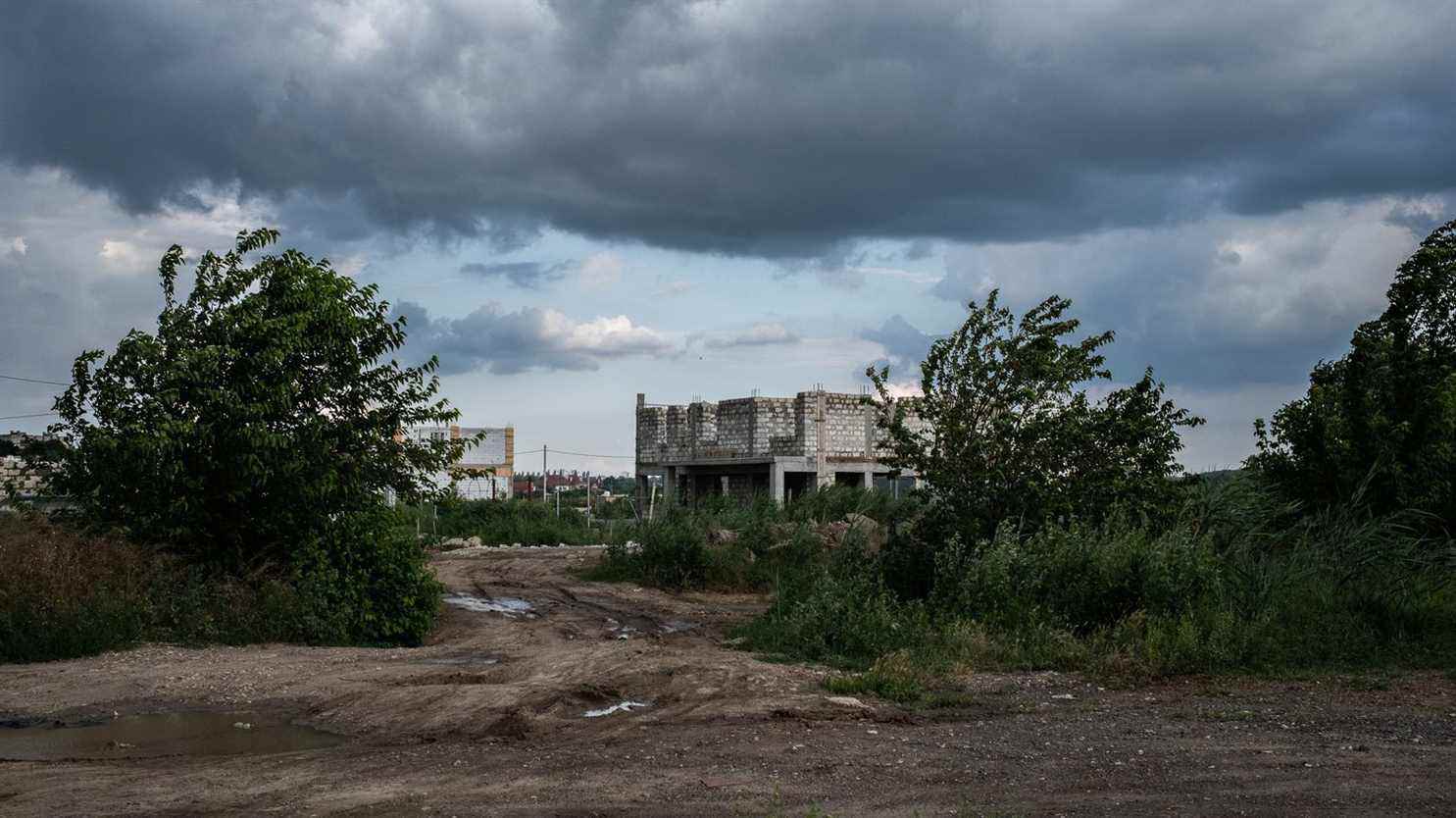“Transnistria is in a very difficult situation”Vincent Henry, researcher at the University of Paris Est Créteil, specialist in Moldova, said Thursday, April 28 on franceinfo, after several explosions in this pro-Russian separatist region located in the east of Moldova, on the border with Ukraine. “The situation is worrying, but we must remain very careful” on the origin of these incidents, he insisted, specifying that the “politico-economic elites of this region need to show that a solution must be found for this region”. The military threat remains low according to him, but that is enough to create “panic and worry” in Moldova.
franceinfo: The origin of the explosions of recent days is rather vague. Anyway, is this situation worrying?
Vincent Henry: The situation is indeed worrying in Moldova following the incidents of recent days. We do not know exactly where these incidents come from, who is at the origin of them, even if there are obviously big suspicions on Russia and on Russian agents on the spot. It is also possible that they are agents from Transnistria. So, we must now be very careful about the origin of these incidents.
Can it come from inside or outside?
It can be both. It is not certain that the incidents necessarily have the same origin. What is certain is that the region is in a very difficult situation. For the Transdniestrian political and economic elites, there is a need to show that they are in difficulty, that a solution must be found for this region. She who has lived for a long time in a kind of legal in-between between Moldova, Russia, and increasingly the European Union. It is a political elite that has benefited for a very long time from this in-between, which is very dependent on Russia for its energy supply, which it monetizes. And today it is a region that suffers enormously from being cut off and isolated. It no longer has easy relations with Ukraine, on which it depends a great deal for importing and exporting. It also benefited a lot from its industrial potential, which was very important, which allowed it for almost thirty years to sell electricity to the rest of Moldova, which represented 80% of its GDP. However, today, Moldova will no doubt soon be connected to the European electricity grid. So it’s a region that is increasingly isolated and that needs to find a solution today. There are two hypotheses. The first is that Russia is really pushing for chaos in the region, trying to block Ukrainian forces in the west of the country, so far from Donbass. The other hypothesis is that the elites of Transnistria really draw attention to themselves.
Is there a risk that the conflict will reach Moldova today, in particular because of the proximity of Moldova to the Ukrainian city of Odessa?
There is indeed a risk. But there is a difference between wanting and being able. Russian forces today are not in a position to directly attack Odessa with troops. They are only doing distant bombardments at the moment. There is therefore a fear that the 1,500 Russian soldiers who are present on Transnistrian territory could intervene. But it’s only 1,500 soldiers, which one assumes are not extremely armed, extremely well-prepared people. According to military experts, Transnistria does not represent a very significant military danger. It is, however, sufficient to divert part of the Ukrainian forces. But above all, it is enough to exert very strong pressure on the Moldovan authorities and create a feeling of panic, concern and insecurity which is very damaging to a country which is already extremely weakened by this war.
20,000 people have left Transnistria in the last week, is this a sign of concern?
There has been a lot of discussion on this topic. Transnistrians are not as isolated as one might think. These are often people who also have Moldovan passports, since Transnistria is not internationally recognized, and who may have a residence on either side of the river [Dniestr]. There are people who are also Russian or even Ukrainian citizens. So it’s a population that moves quite easily. Incidentally, these recent incidents took place over the Orthodox Easter weekend. There were photographs that were taken near customs, crossing points between Moldova and Transnistria, where you could actually see lines of cars. But these are population movements which are frequent and which are almost normal during this Easter period. So there is nothing that proves today that there is an absolutely massive departure from the region.
